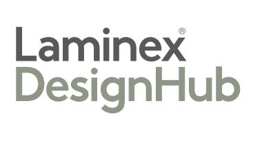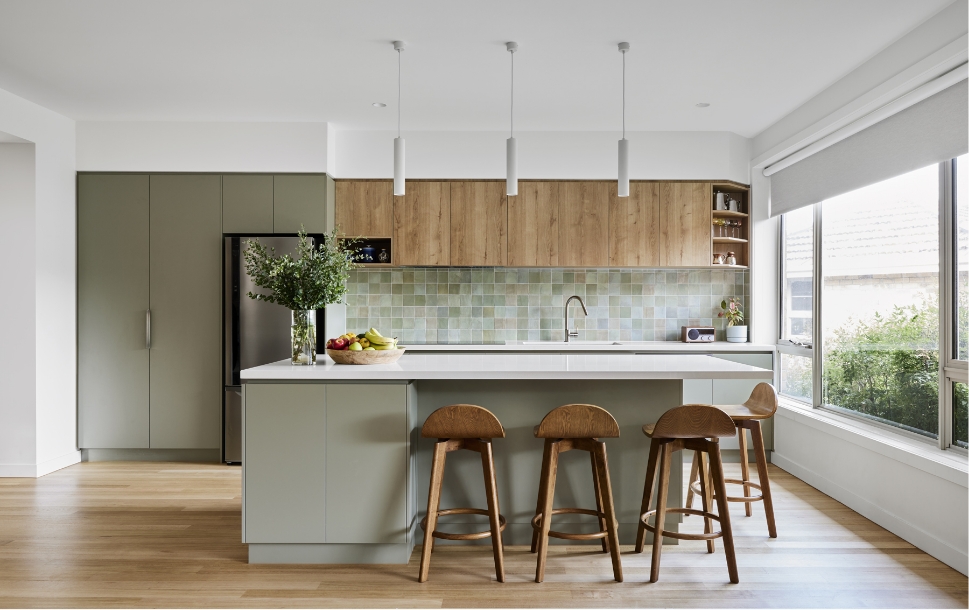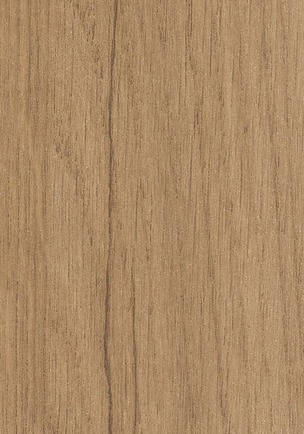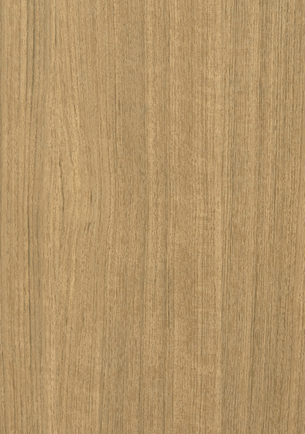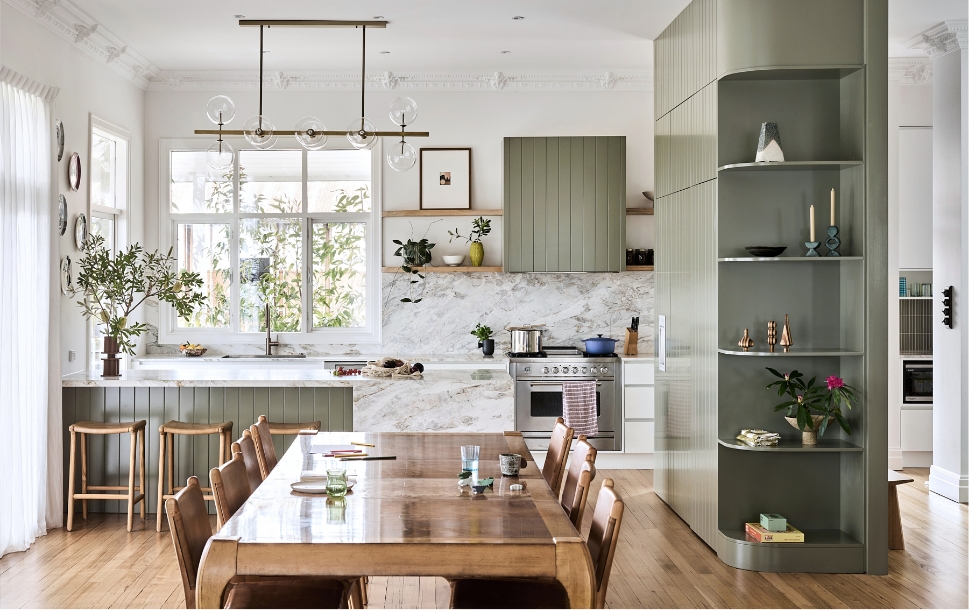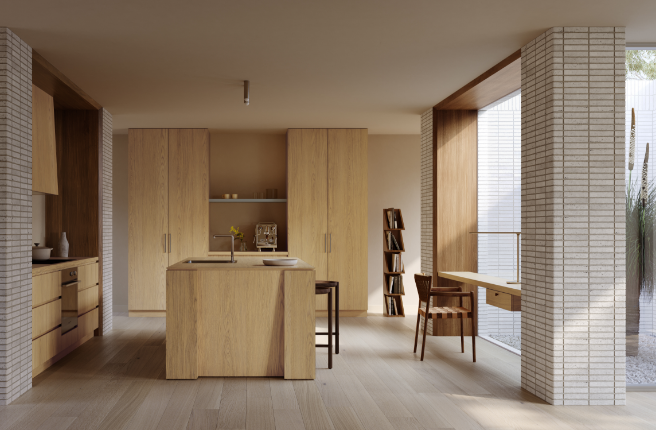An untouched, mid-century home in Melbourne’s northwest is brought into the 21st century with environmentally friendly, sustainably focused and economically sound materials, methods and techniques, while ensuring the essence of Australian suburbia lives on with warmth and style.
To stand at the back of this classic blond-brick home in West Brunswick and take in the perpendicular perspectives that reach out to the horizon is to be reminded of something special, that if not lost, feels like it’s become quieter, replaced by a modern style of living that one can only hope will be looked back on with the same fondness and nostalgia.
Howard Arkley’s dayglo paintings* of suburbia instantly spring to mind, his vibrant colours used to evoke “the ideology of 1950s suburban togetherness [that] fermented the psyche of those who inhabited the endless stretches of fibro and brick veneer.”
West Brunswick House feels as if Arkley himself conjured up the aspects and dimensions, and touches like the original 50s decorative cast iron balustrade is pure kitsch and perfectly apt. Builder Simon Clark, of Sustainable Homes Melbourne saved and upcycled the railing, putting it back into use – and despite its simplicity, the feeling it inspires would be hard to emulate with modern techniques and machinery. Patina will always be hard to authentically match, and there’s something about the delicacy of old metal work – finer stock, different dimensions than today’s. It’s subtle and hard to put a finger on, but it’s there and to see it still intact, linking this renovation and extension to its source and time is a wonderful touch.
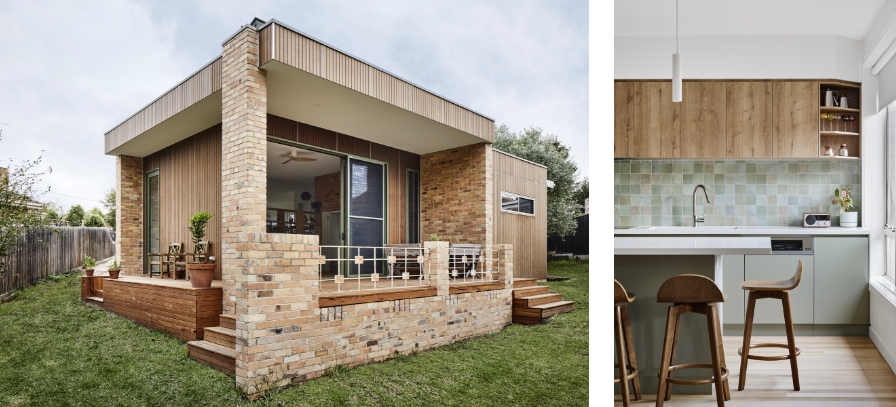

As lovely as the steel is, we’re here for the inside, and for the gentle hand Simon and Sustainable Homes Melbourne have applied to this all-original home. Untouched from new, West Brunswick House is a rarity, no 80s lean-to addition, not an out of context kitchen or terrible extension in sight, just a real brick home with a yard and a need for some pragmatic solutions.
No demolition took place except to remove the rear steps to link the passively designed extension. Most of the work – and budget – was spent on thermal improvements, including the removal of gas, double glazing and a continuous layer of insulation. A heat pump water system replaced the old gas arrangement, powered by solar panels on the roof.
“To be honest, going all electric and to electrify a house is kind of easy, but the bit that we really love is creating beautiful spaces where families love to be,” says Simon, “the sustainability aspect is quite tangible; it’s actually quite easy. It’s silly that more people don’t do it.”
Laminex is used extensively throughout the interior, capturing the themes and character of the home and neighbourhood via Laminex Possum and Planked Urban Oak in the kitchen. The soft green tone of Laminex Possum is a nod and a wink to the gum trees and classic quarter acre block just outside the window, with the woodgrains found in the Laundry (Laminex Sublime Teak with Ash White) and Ensuite (Laminex Planked Urban Oak) keeping the home beautifully light and open, and the perfect complement to the interior brickwork.
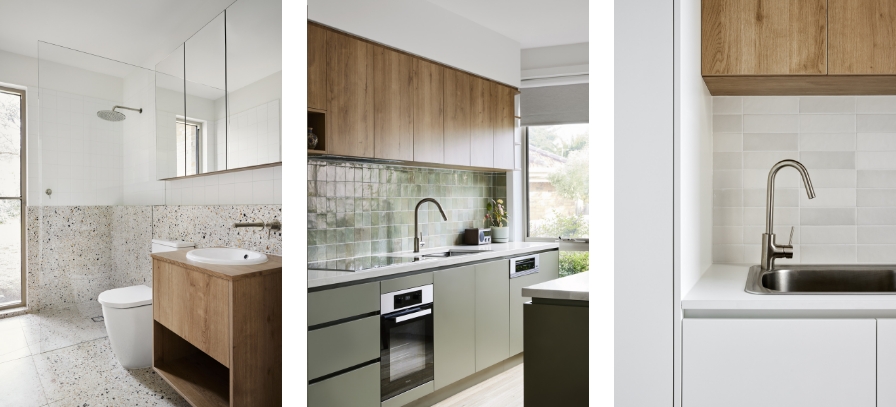

“These homes recall quintessential Aussie materials, and Laminex almost seems like the obvious choice to - I’m likening it to, how corrugated iron is Australian. That’s probably giving a bit of a plug,” laughs Simon, “but as you look out from the kitchen and onto the trees, there are these beautiful gums at the back, and the kitchen brings that inside with that beautiful [Laminex] Possum colour.
West Brunswick House is proof that with some creative thinking – and planning – a quality, sustainable, environmentally friendly home can be achieved, and perhaps more importantly need not be a new build.
The success of the thermal improvements may feel secondary to what Sustainable Homes Melbourne have created for the owners, but the effort has been worth it. Prior to the renovation, the energy bill cost was $2069 for the year. In the first full year following, the same bill was $1188. “And that’s obviously doubling the size of the home,” says Simon.
Ultimately, Sustainable Homes Melbourne have created a modern home, wonderfully sympathetic to the original, while saving a gem in the process. Yet, despite any feelings of nostalgia, Simon and his clients recognised the inherent quality of the old brick building, saving materials, energy and yes, a great piece of suburbia too.
Learn more about this project and explore Sustainable Homes Melbourne’s other projects here.
Credits:
Design: Sustainable Homes Melbroune
Photographer: Tess Kelly
*Superb + Solid, 1998 By Howard Arkley. Art Gallery of NSW

